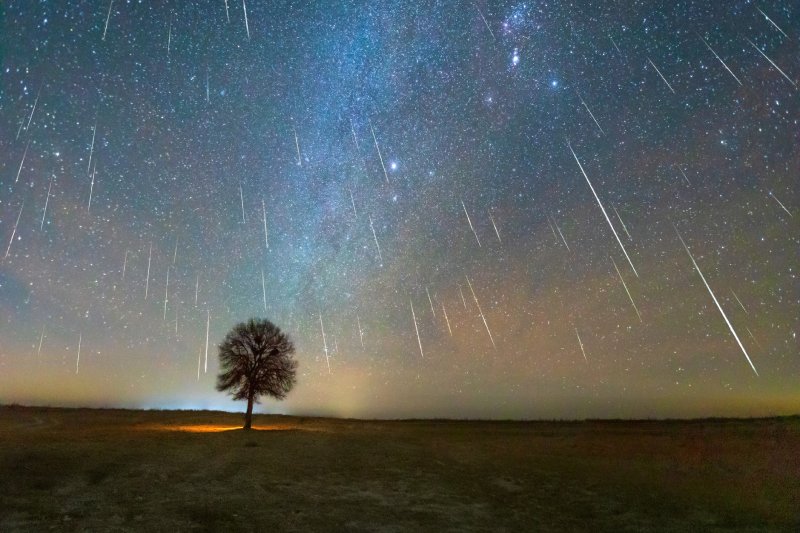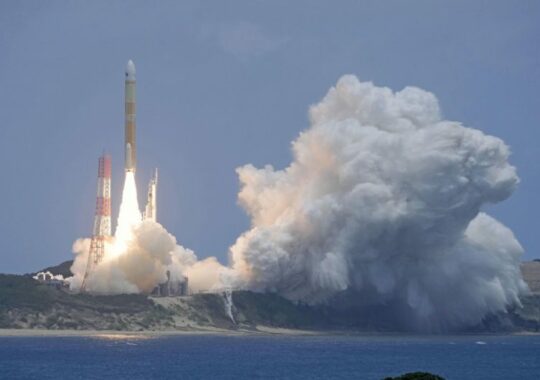The annual Geminid meteor shower, which NASA claims “is considered to be one of the best and most reliable annual meteor showers,” is predicted to peak this week.
The yearly occurrence is distinctive in that it is universally visible; observers can see meteors in the sky anywhere in the world between November 19 and December 24.
This year is particularly exciting because the active meteor shower’s peak is scheduled for early December 14 at 2 a.m., right after the new moon. This means that the sky will be nearly entirely dark, creating the ideal viewing conditions for the meteor shower.
But in order to witness the meteor shower, a few prerequisites must be met.
NASA experts recommend that individuals “come prepared for winter temperatures,” which means they should bring a sleeping bag, blanket, or lawn chair. They should also choose a spot away from streetlights and cities.
According to NASA, the shower begins at around 9 or 10 p.m. and lasts till daybreak. “Be patient” as it takes some time for eyes to acclimate to the dark sky.
As you lay flat on your back and turn your feet to face south, try to get as much of the sky in your field of vision. Once you spend roughly half an hour in the dark, your eyes will adjust and you will start to see meteors. NASA says, “Be patient; there will be plenty of time for you to catch a glimpse as the show runs until dawn.”
At its peak, 120 Geminid meteors can be observed in the sky per hour under ideal circumstances. Expect them to be unevenly spaced; there may be extended periods during which there are no meteors in the sky.





